The first time I got a coffee burr grinder, I thought to myself, “Why are there so many settings here?”
Many of us have probably been, and could probably be in this situation. That’s why in this article, we’ll try to look into our coffee grinder settings.
Burr grinders have a huge plethora of grind settings, even the entry level burr grinders have quite a good range of sizes. An example is the Capresso Infinity, which has 16 grind settings that caters from espresso machine fine to French press coarse.
So how are we to know which grind settings to use, and what do the brewing methods mean when they say something like medium fine?
We are sticking to burr grinders in this article as it gives a lot more consistent grinds than blade grinders. Having said that, not all grinders have the same setup. Each grinder will have its own grind settings. What’s important is that we get to know our machines and see how we could come up with the sizes that are needed to make a great cup of coffee.
We’ll be looking at what certain grind sizes look like so that we can all get acquainted with the grind sizes that we need to use certain brew methods.
Grinding Experiment Parameters
For the experiment, I used the Baratza Encore. I started grinding in one setting, then made adjustments and a 3 second flush, and grinded again on the next setting. I repeated this procedure until I got the grind sizes that I’d like to show in this article.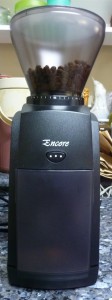
As for the control, I’m using a small matchstick to act as the visual scale for the grounds. This matchstick is 1 and 5/8 inches or 4.4 cm long, and thickness is 3.16 inches or 0.2 cm thick. It’s one of those standard matchsticks that we have, though I’m not sure of our standard is the same as the world standard.
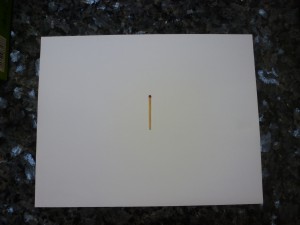
Also, I put the grounds on a white letter paper for better shots.
For the images, I’ll be putting in 2 images per category. An “island” shot and a zoomed in shot, all of which try to describe and illustrate the grind sizes better.
Alright, so let’s begin with the grind sizes then shall we?
Coarse
The coarse grind setting basically looks like little rocks or pebbles. It looks quite big and you could pick it up piece by piece. In this picture, it looks like a very rocky island.
This type is grind is great for the French press, immersion brewers, and percolators.
Medium
This grind looks about half the size of a coarse grind.
With this grind, you could do well with a Chemex brewer. The water will be slowed down because of the Chemex’s think paper filter, and that’s why you’ll need a medium or a medium coarse grind (and not a medium fine grind).
Medium Fine
The look of a medium fine grind is one that looks almost powdery (but still couldn’t be considered powdery yet). It’s definitely smaller than a medium and you would feel something that’s like raw sugar on your hands.
The medium fine grind is perfect for the Hario V60 and also the wedge type drippers. You should go a click coarser if you have only a 2 hole wedge type, or a notch finer for 3 hole wedge type drippers.
Fine
The fine setting looks like powder. The grounds have a tendency to clump together and when you feel it, it feel like sand on the fingers. Using the Baratza Encore in this grind, I only went until the factory recommended #5 setting. The grind took a lot longer as the grounds passed through the burrs a lot slower with the fine setting.
This is the grind for espresso machines. Experts do say though that with the Encore, you should use a high pressure espresso machine.
There’s another grind setting called the Turkish grind. That setting has the finest setting of them all. Even my grinder probably couldn’t grind that fine. And I wouldn’t try it because at a #5 grind setting, the Baratza Encore was already grinding really slow, and I didn’t want to break my machine. If anyone could supply a Turkish grind setting, please let me know at the comments below.
Putting Them Side by Side
After taking all the shots. I was fortunate enough that I didn’t throw out the grounds. Here’s a shot of what the grounds look like beside each other.
At a far shot, it’s quite harder to distinguish the differences between grind sizes. But work with your grinder and you’ll be able to hone in your grinds within a few tries.
After the experiment, my brain was abuzz with the smell of coffee grounds. But I did enjoy grinding taking pictures of all those beans. If you have any more recommendations about grind sizes and which brewing method will suit them. Be sure to write it on the comments below. For now, it’s time for me to go make myself a cup!

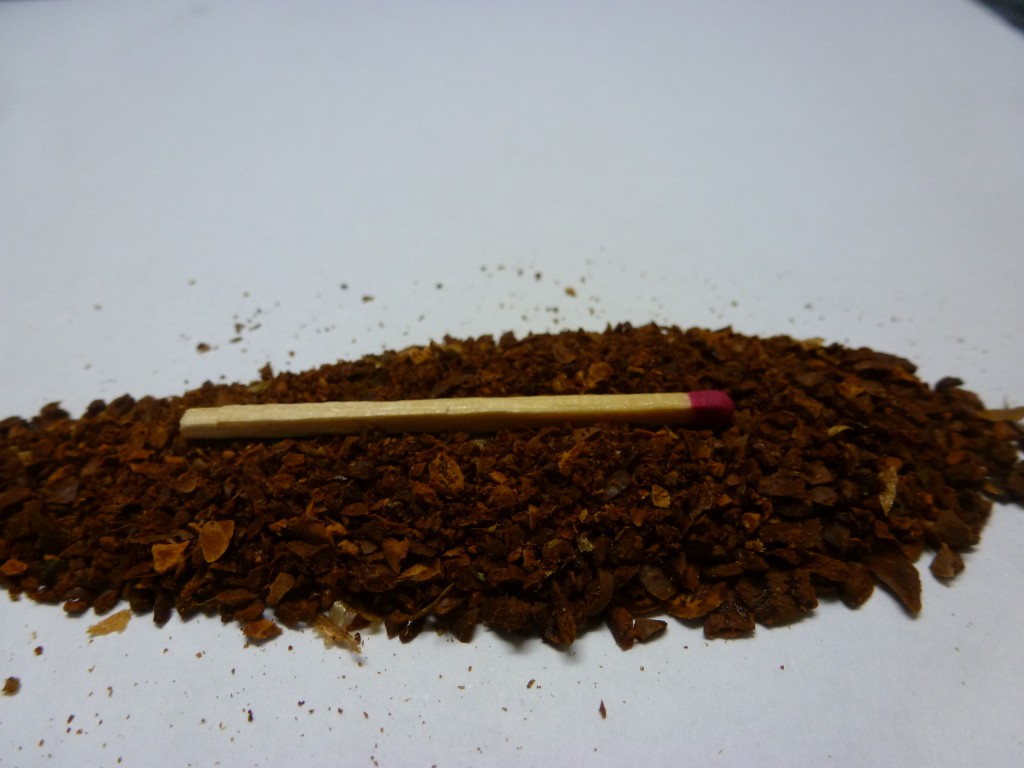
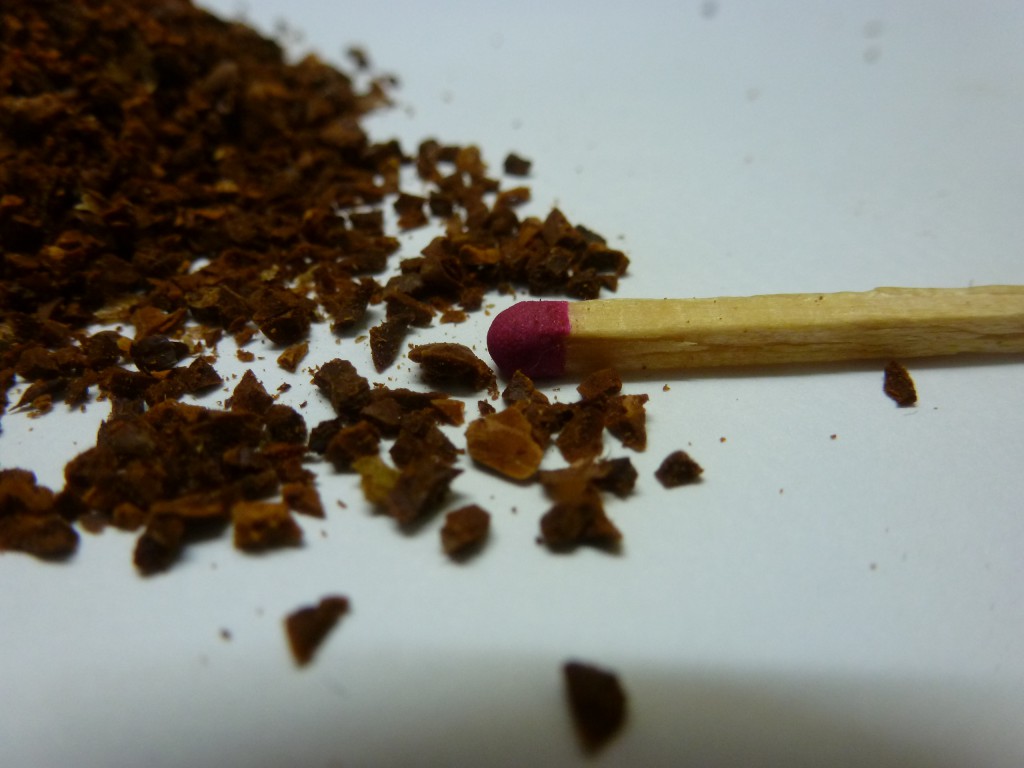

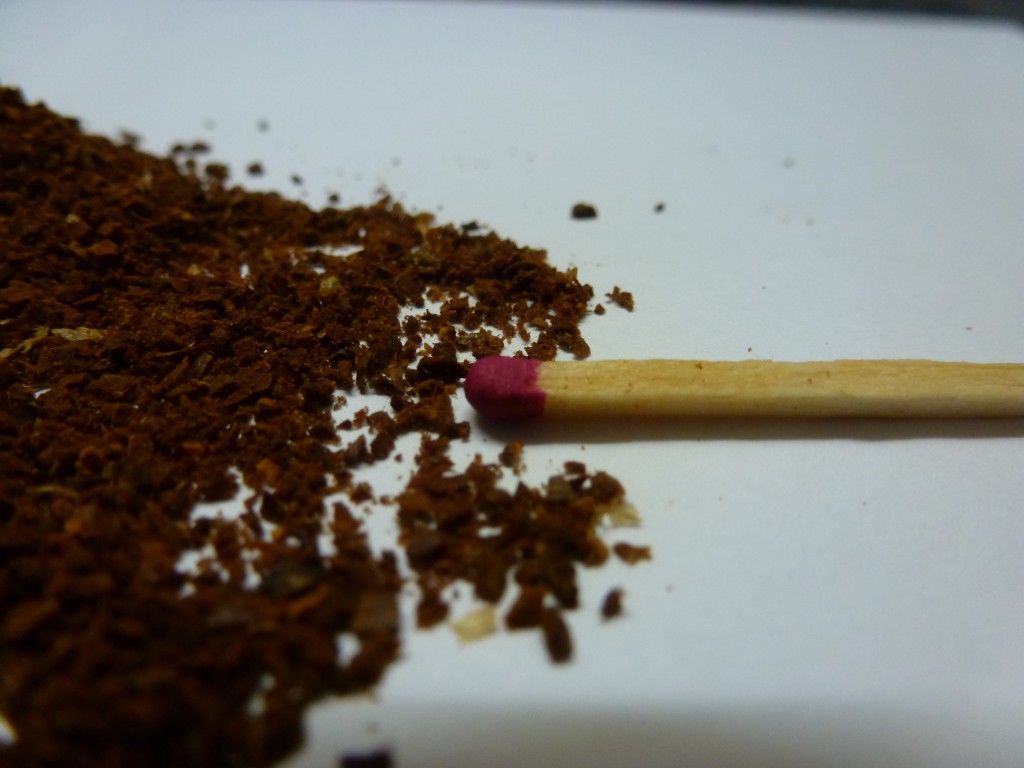
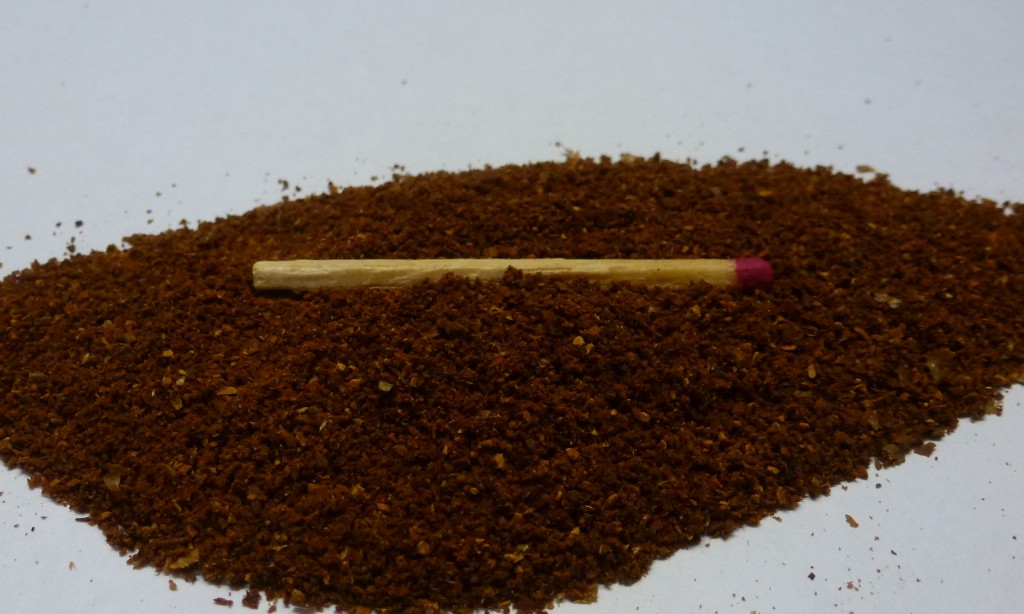
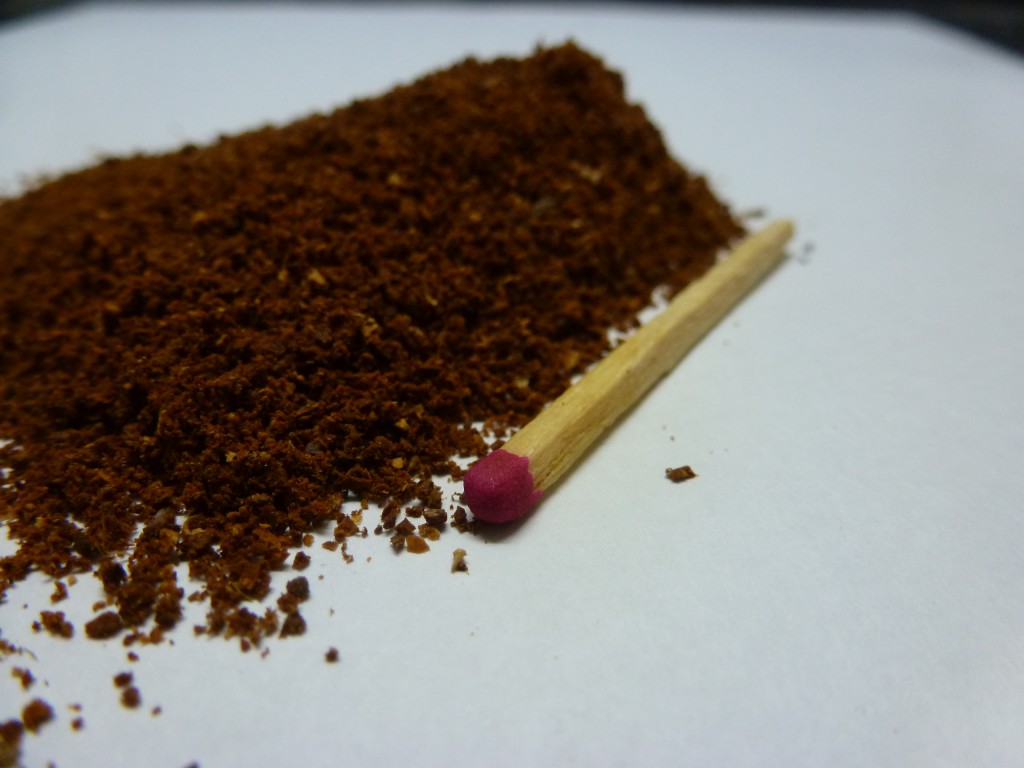
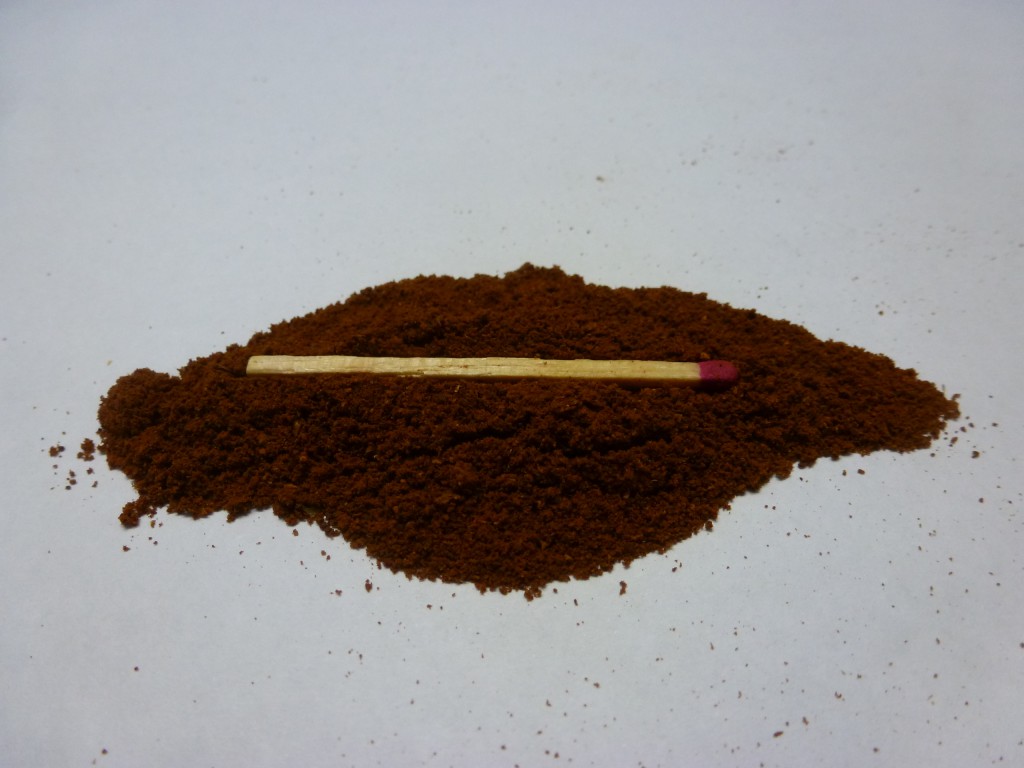
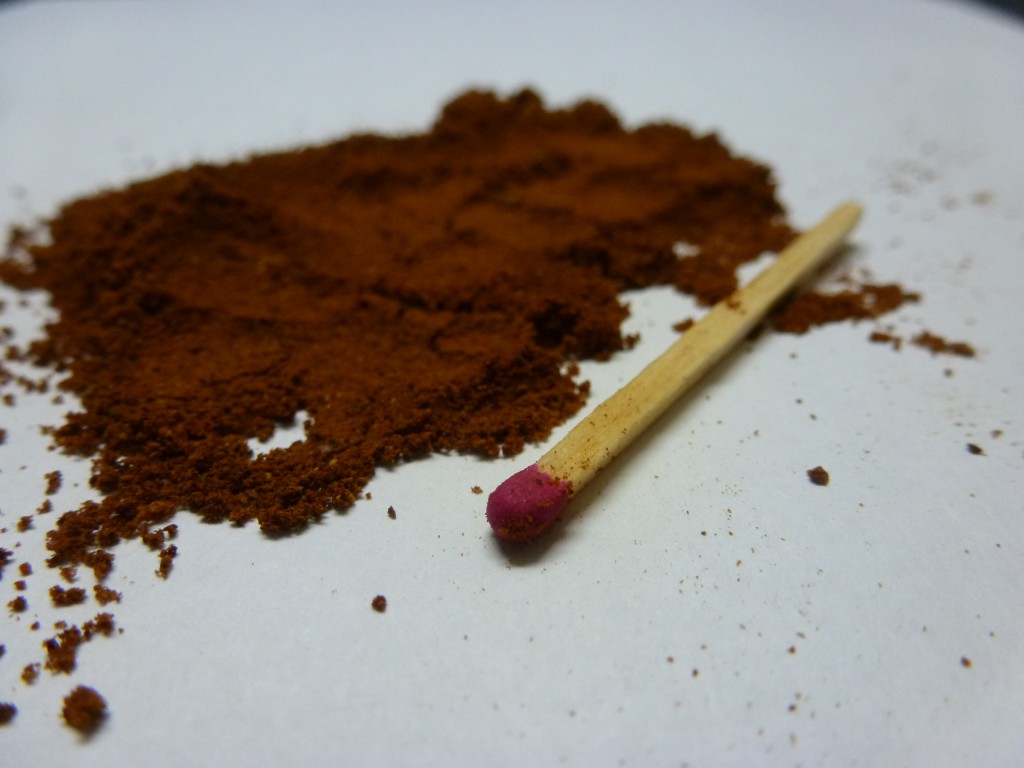
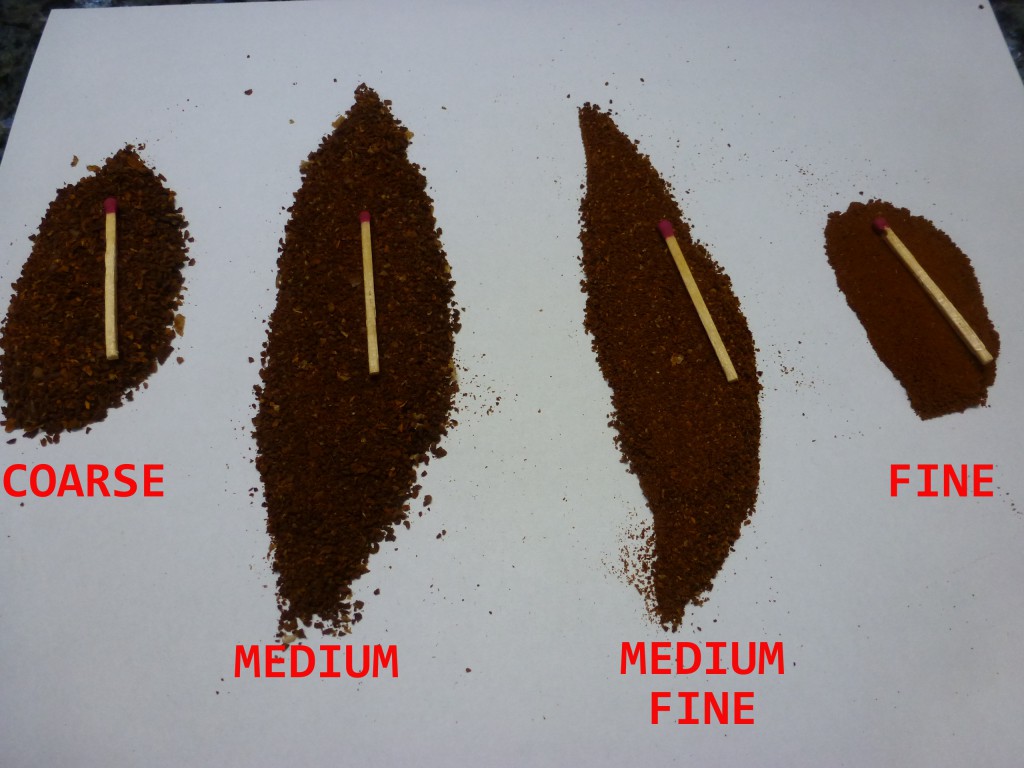
This goes into great detail and has helped me understand coffee a whole lot more – thank you
Glad you liked it! Thanks for reading!
Pingback: Baratza Encore Review - Home Brewed Coffee Lab
Thank you much for the detail and description in this article! Super easy to understand. I just got an Encore today and am looking forward to dialing it in. That said, you only noted what number setting you used for the fine grind; what did you use for the other grounds?
Thank you for your comment Josh. You’re totally right, I haven’t put in the number settings for the grinder (Encore). I might edit the article, but here are the settings to get you started:
For coarse, use #30 for a 3 minute brew time on a French press. Use #35 if you want to brew longer like 4 to 5 minutes.
Medium is about #23. For Chemex, play around the size of 21-23 when you need a medium size.
Medium fine is tricky. For Melitta type drip brewers, use #18 for a 2 cup brew. For Hario, go with 14 or 15 as it tends to drain faster.
I hope this information helps you out Josh. Thanks for reading and hope you enjoy your coffee experience. I haven’t posted in quite a while, but coffee is always flowing in my bloodstream 🙂
Very comprehensive! Thanks! Now how about the type of beans? I had a fabulous dark Kona bean – was perfect set to 10 (tried from 20 downward). Now the farm ran out so I had to try some others – a French roast, for ex, and the result, from 20 down again, comes out flavorless, by comparison. I use a single Melitta filter.
Any ideas?
Hey there Marian! As dark beans go, I’ve heard and read a lot of things about Kona coffee. Sad to say I haven’t tasted it yet. But I am a bit familiar with the dark bean taste profile as it has been my go to bean lately.
First, let’s talk about the quality of your coffee. Based on how you wrote your post, I think that you are the type of person who buys your coffee freshly roasted, and that’s a really good thing. The nearer you are to roast date, the more flavor your coffee will have (I just made a Yoda speech there). Also, take a look at the roast. Kona beans are usually dark roasted. If you bought a medium roast, that will already make a weaker, but more acidic cup of coffee.
Just a short story here. I bought a bag of medium roasted coffee from Hong Kong exactly a month ago, since I knew I wouldn’t be able to use it up, i kept it in the chiller to preserve its taste. I opened the pack yesterday, and the taste was also flavorless, too much acidity with no boldness. I assume that it tastes as such because it should have been used up right away.
If you want coffee that will retain it’s flavor for a long time after roasting date, you need to buy those packs that are vacuum sealed or nitrogen flushed from companies like Illy or Lavazza. If you buy from the local roaster and they don’t use these packaging methods, you need to finish up your coffee within two weeks.
As for grind settings, if you use a setting of 10 on your Kona coffee, which yields a stronger cup, you will need to go lower for the alternative coffee, maybe an 8 or 9 will do. Do take note though that your brewing time will take longer, allowing the beans to stay in water for a little longer, thereby extracting more of the taste with it. You’ll need to dial it down to get a stronger taste, or a taste you prefer.
I’m not as proficient with the taste of beans per region, but looking at your preference, take a look at the Viennese blend of Coffee bean and Tea Leaf, I think that might be a taste that would suit your preference. It has medium bold taste profile with an acidity that tastes like cherry. You can check this out at the CBTL website.
Also, I just finished a pack from Anan Coffee. The company is located in Thailand and my awesome dad was able to get it during a convention – that coffee tasted really good! Even my family members who aren’t picky with their coffee gravitated towards it. The pack my dad bought was the Fresh Roasted, Pure Arabica coffee (although it didn’t say which region it got its beans from). This one had a bolder, thicker consistency; and there wasn’t much acidity in it, your left with a deep dark chocolate aftertaste. I just got lucky with the pack, but you can email them at anancoffeebean@gmail.com and see if they have distributors or ship to your location.
I really hope this helps you out Marian. Good luck with your coffee and I hope you soon get the taste that you’re looking for. Sometimes, waiting for the perfect batch makes drinking the sub-par ones (according to our personal taste preferences) well worth it, isn’t it?
So, in the baratza the lower number is finder or coarser? Great info. Thanks. Can you detail what number you used for each ground size?
Hi Jay! The lower number is finer. It has a hard time going lower than 5 though. Here are the numbers on each grind size:
Very coarse – 35 (5 minute French press)
Coarse – 30 (3-4 minute fFrench press)
Medium – 22-23 (Chemex)
Medium fine – 18-20 (Melitta drippers)
Hario – 14
Fine for Pressurized Espresso – 5 (I have only tried this once though. The beans grind really slow so you need to put a lot of beans in the hopper to push the beans down)
Thanks for this post I’ve been struggling to find a real world representation of grind size to grind setting on the Encore and Baratza literature appears to have varying recommendations for brew methods. I use a Technivorm Moccamaster auto drip version and most beans really shine at the 20-22 range using 500 ml and 30g of weighted beans. Might be worthwhile to note that for anyone that uses this combination that if you go from 500ml to 1 liter the grind size needs to jump to like 25-26 setting for 60grams of beans because you simply can’t control the brew time. Therefore, if you stuck to the 22 setting for 1 liter the coffee will have a burnt bitter taste and super strong.
Hello Pawel. All i can is that you know your stuff, mate 🙂 I’m glad that you commented here and I hope peope wil read this. It’s very important to know too, higher volume, coarser grind. Thanks again!